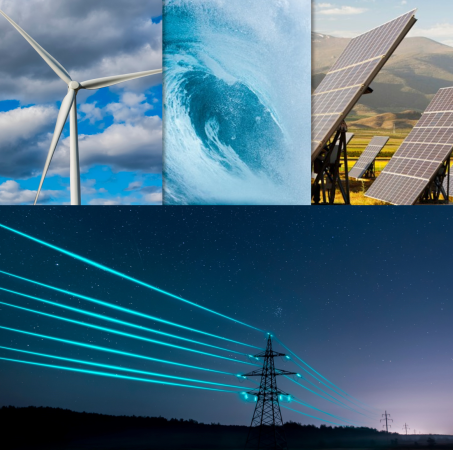
Decarbonization & efficiency
Materials for the energy of the future
As the need to secure new and more sustainable sources of energy grows, so does the urgency to develop components, systems and equipment capable of operating in specific working conditions and demanding environments, such as those found in energy (and fuel) generation, transport and storage processes.
To meet this challenge, metallic materials not only need to ensure specific properties, but must also offer improved resistance to factors, often converging, such as corrosion, wear or hydrogen permeation.
Along this path, the cost-benefit ratio, reduction of the carbon footprint of the production process and the recyclability of materials once their useful life in service has reached an end are key aspects to move towards greener and more sustainable energy production.
HYDROGEN
Hydrogen is emerging as a promising alternative to fossil fuels. However, its transportation and storage present significant challenges that require improving the properties of the metallic materials used for these purposes. These challenges vary depending on the state in which the hydrogen is found (liquid, gaseous) and the storage and transportation medium (pressure tanks, pipelines, as part of other materials or in salt domes).
Most remarkable challenges:
- Hydrogen permeation of materials in contact with this element
- High pressures (hydrogen gas)
- Cryogenic temperatures (liquid hydrogen)
- Corrosion caused by electrochemical reactions between hydrogen and other materials in contact with it
- Need for weight reduction of means of transport
Our main work lines:
OFFSHORE WIND ENERGY
Offshore wind power generation has great potential among the energy sources of the future. Its development and mass exploitation depend, to a large extent, on the capacity of the materials and components to respond to the working conditions to which large-scale wind turbines are exposed both in their submerged and open air parts.
Most remarkable challenges:
- Large dimensions of structures force to rethink the design and function of components
- Major mechanical load requests
- Wear and fatigue conditions of moving parts and anchoring means
- Changing conditions of the environment (saline water) depending on depth and specific environmental characteristics
- Corrosion conditions
- Biofouling
Our main work lines:
- Development of alloys with improved corrosion and wear resistance
- Development of CRA alloys
- Development of ad-hoc protective surfaces
- Strategies for weight reduction of components and structures
- Materials more resistant to fatigue and crack growth
- Materials characterization and certification services
THERMAL UTILIZATION
The waste heat generated during industrial processes represents a significant loss of thermal energy. Reusing this energy as heat or as a means to generate electrical or mechanical energy provides significant benefits in terms of economic savings and reduced emissions. Optimizing energy losses and improving the capacity of these systems to store and transfer heat are the keys with which the development of materials accompanies the advancement of this important source of energy.
Most remarkable challenges:
- Thermal energy loss from industrial processes
- Changing conditions of heat source and heat intensity
- Efficiency of heat capture, retention and transfer systems
- Systems failure due to thermal fatigue
- Sustainability of thermal transfer and storage materials
Our main work lines:
- Development of technologies and projects to harness, store and reuse process thermal energy
- Revalorization of waste as thermal storage media
- Valorization of granular materials for thermal storage systems
- Projects for using residual heat from forging to perform heat treatments online
- Materials characterization and certification services
ELECTRICAL RESISTIVITY AND MAGNETISM
The properties of magnetism and electrical conductivity are crucial for the performance and efficiency of materials in applications related to the generation, conversion, transfer and storage of electrical energy. They are also properties of great importance for the development of components that belong to electrical circuits.
Most remarkable challenges:
- Electrical conductivity of bonding elements
- Redesign of components and systems for electric vehicles

